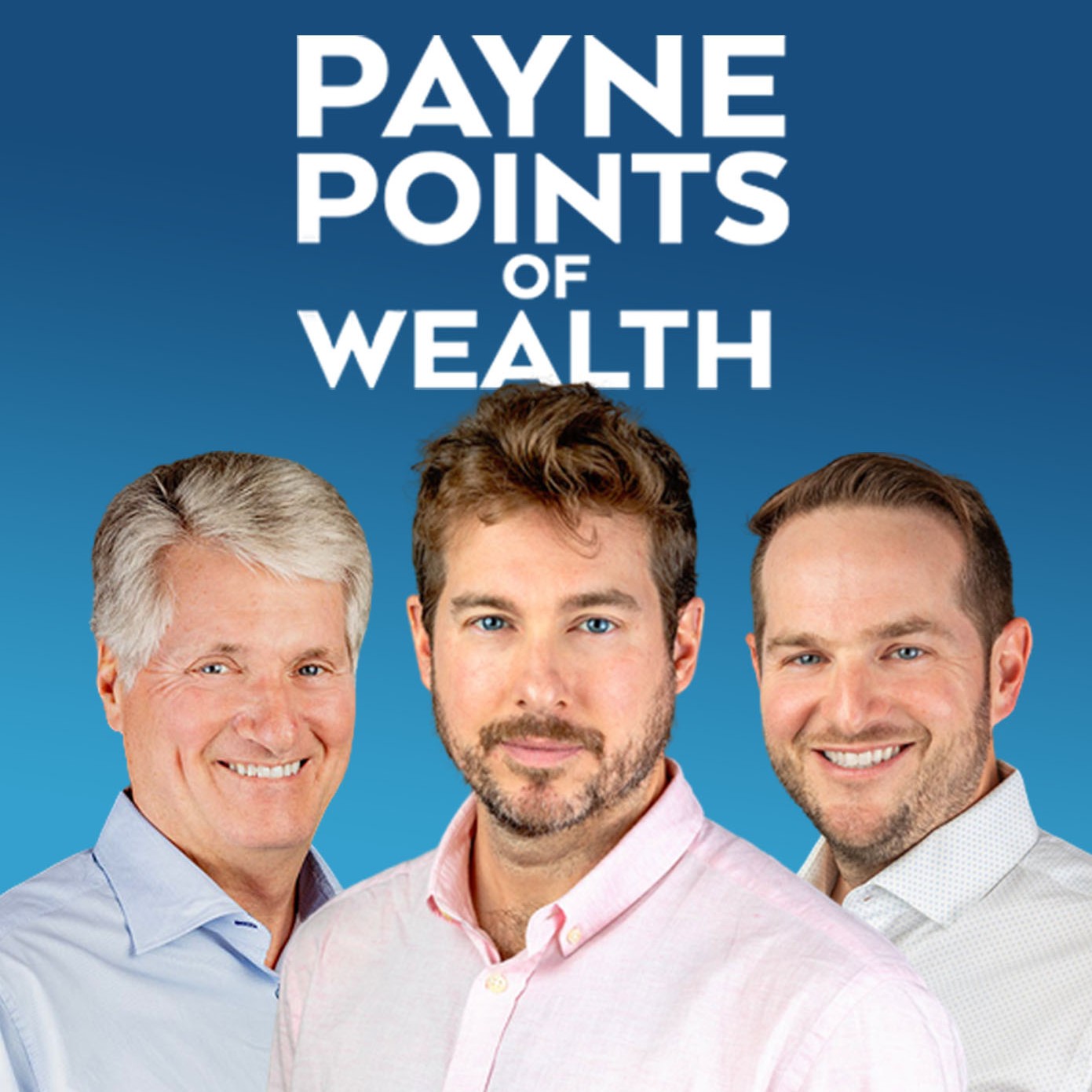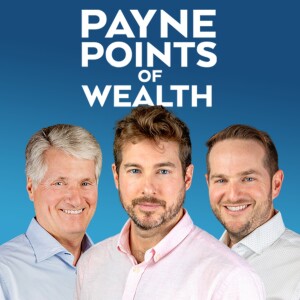It’s episode 110 and the economic data continue to come in strong. GDP growth for the 4th quarter was better than expected. We’re seeing earnings growth relatively strong for the 4th quarter and guidance is not falling off a cliff. The data is coming in much better than what’s been anticipated on Wall Street and the market is following suit. We’re in a bull market. Prices are going higher. But is this a fakeout? Do you need to get to the sidelines right now? Is the economy ready to fall off a cliff? Or is this the real deal?
Contrarian Costanza
In one episode of Seinfeld, George figured that every decision in his life he made was wrong. He decided I’m going to do the opposite. I’m going to become the contrarian Costanza. So the George Costanza strategy is to do the opposite of what you think you should do. Or what the experts are telling you to do. In terms of the market, it worked out pretty well following that strategy over the last couple of months.
Conventional wisdom turns out to be excessive pessimism
Conventional wisdom over the last year was the Federal Reserve is going to have to get so aggressive, they are going to have to kneecap the economy and bring it down. It turns out that was more like excessive pessimism.
The Payne view is always a bit contrarian. Last year is a perfect example. We had every strategist, and every economist extremely negative on the economy, extremely negative on the market. But if you’re diversified, last year you were down around 10%. It’s not that big a deal. And meanwhile, now markets are off to the races. And if you were sitting in cash, you try to time it. You’ve put yourself in a bad position now.
Germany is another example. Germany was the poster child of the worst place to be last year. They had an energy crisis because Russia invaded Ukraine. Yet Germany is up 40% since September. How can that possibly be? You have to be able to have the fortitude to invest when things are down and when the optimism is not there.
Most of us project the future based on our most recent experience. And as you know, the year went by, the news got more down, and the market got more volatile.
Anticipation is mitigation. Corporate CEOs last year were worried about a slowdown, just like everyone else. So what do they do? They got proactive very, very quickly. They start to rewrite their business in anticipation of things slowing down. So all this proactive activity is happening to make sure that their balance sheets stay in check. And that’s why you always see the surprises in the positive because that anticipation is already happening as we’re worrying about things, people are actually taking action.
As the talking heads are telling us that the economy is slowing they’re starting to reduce their earnings estimates. So when the estimates are met with the actual earnings, the market’s not surprised by that.
Bear market illusion. To some, it seems these bear markets last longer in their mind than they actually do. They do things like lock themselves into a 4% CD. Well, the market’s up 6% now, and you have to wait a whole 12 months to get that 4%. And you’ve missed that move in the market. So it’s amazing how quickly times can change and markets can change.
Emerging markets are up 10% as we’re recording this. You don’t get that return back. You’re not going to make any money unless you’re invested in the market.
$5 trillion sitting in money market funds earning 4%. But what happens when you don’t get 4%? And that 4% is over 12 month period. You’ve already missed the one-month period where you’d have a 50% better return.
Think of the FOMO as the market rallies. With 5 trillion sitting in cash, while you’re starting to see markets catch a fire. All these private equity firms sitting with all this cash and these big banks that have to put the money to work, or it goes back to their investors and they want to put it to work.
Company buybacks. Chevron just raised its dividend. They announced a $75 billion buyback. Exxon came out with a similar buyback. So there’s there is a lot of cash on the sidelines. And, the question is, where is that money going to go in the future? And the pressure, from professional money managers, from institutions, from hedge funds, and from individuals, it’s just going to continue.
The Tipping Point:
Lessons you can learn from last year
Lesson #1
Inflation and Your Financial Plan
Payne Point:
inflation is real and you’ve got to account for it in your financial plan It’s been in the headlines for the last year because especially since the Federal Reserve completely dropped the ball in not recognizing that inflation wasn’t transitory initially. We’re dealing with 40-year high inflation than we’ve had to deal with in 40 years.
During the 40-year period, we still had inflation at 2%. That still means a huge cost of living increase over your lifetime.
Long-range planning should include inflation. Inflation is insidious, it’s hidden, but it’s real. A good rule of thumb we always use is you’re going to have to double what you need to live on every 20 years. And most of us will be retired for up to 30 years plus. So you really have to account for your expenses doubling in retirement. And most of us don’t do those calculations.
Lesson #2
Not knowing how much risk you have in your portfolio
Payne Point:
Many were overweighted in Tech. For a lot of the new clients that we brought on in the last year or so, the biggest issue was they didn’t realize that they were overweighted to technology, they were overweighted to a lot of these disruptive mega-cap growth stocks. And then when the shoe dropped we saw portfolios down 30 – 40% last year. But the problem is you only realize it last year when the market was going down. And it’s just so critical to manage that risk.
You have to expect the unexpected. You can’t have foresight for black swan events and unexpected market sell-offs. Look what happened in 2020 when we had the pandemic collapse – 35% in two days.
While the S&P 500 price declined by 19.78% in 2022, S&P dividends went up by 10.82% in 2022. The increase was higher than inflation and since 1926, dividends have contributed approximately 32% of the total return of the S&P 500. While capital appreciation contributed to 68% all the way through 2021.
Canadian Labor shortages are so severe that the government has announced plans to admit nearly 1.4 million immigrants over the next three years.
Ken Griffin, Citadel hedge fund cranked out a record 16 billion in profit for clients last year, topping John Paulson’s bet against the subprime mortgages in 2007 that was described as the greatest trade ever. The top 20 hedge funds collectively generated 22.4 billion in profit after fees.




No comments yet. Be the first to say something!